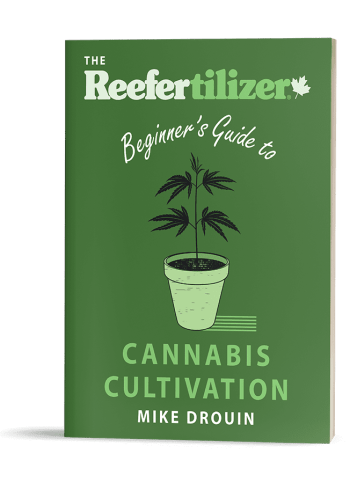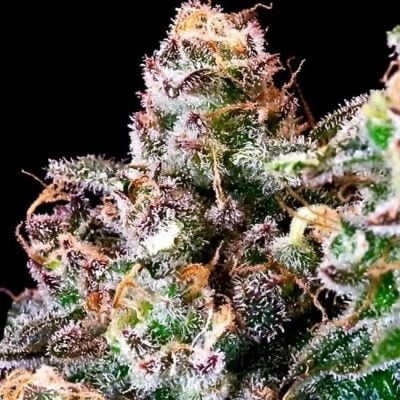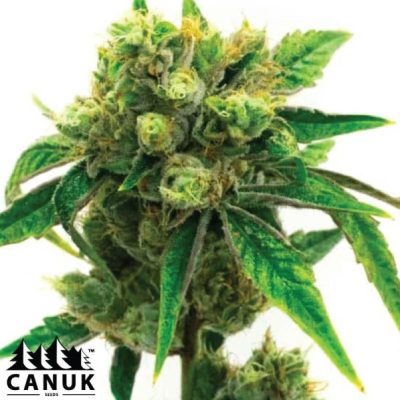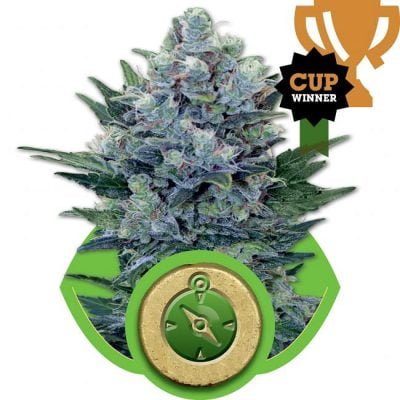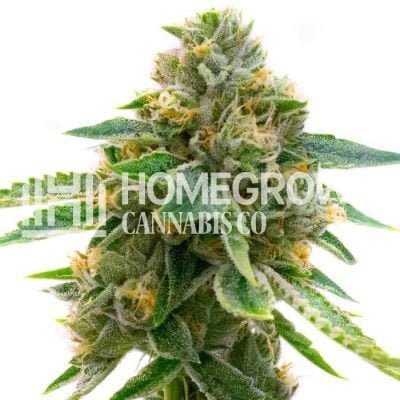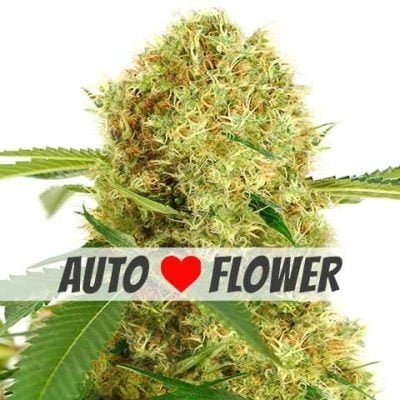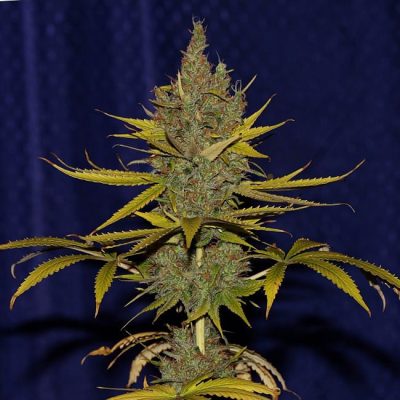As the cannabis market has quickly grown in the past few years, the demand of high quality cannabis seeds has also increased. Growers want reliable and effective methods to grow this high value plant at their homes.
However, successfully cultivating cannabis outdoors requires more than just a few seeds and some dirt. Several factors such as lighting, temperature, humidity, and nutrients affects the growth and yield of cannabis plants. These parameters will differ from region to region.
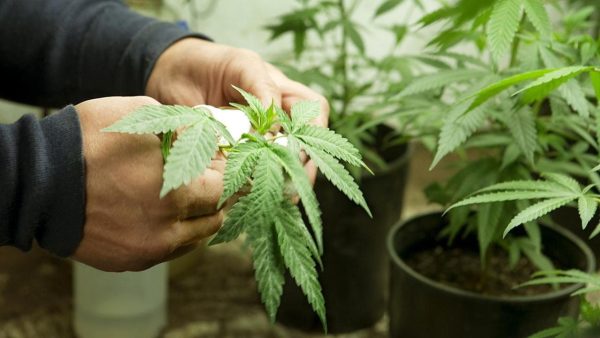
That’s where Reefertilizer comes in to help explain the nuances of choosing the best cannabis strain to grow outdoors in your area. With our simple grow system and expert guidance, anyone can learn to grow cannabis at home with ease.
In this blog post, we will explore the most important factors and a few options to choose from to help you ensure a successful and bountiful outdoor harvest.
Learn to Grow Better Weed
Download our free guide to growing amazing cannabis at home.
Click Here For More Info
Popular Cultivars for Different Regions
Certain cultivars have been specifically bred and selected to perform well in different environmental conditions. Below are some popular cultivars for different regions:
Best Strains To Grow in Hot and Dry Regions
Some popular cultivars for these regions include strains such as Durban Poison, Jack Herer, and Tangie.
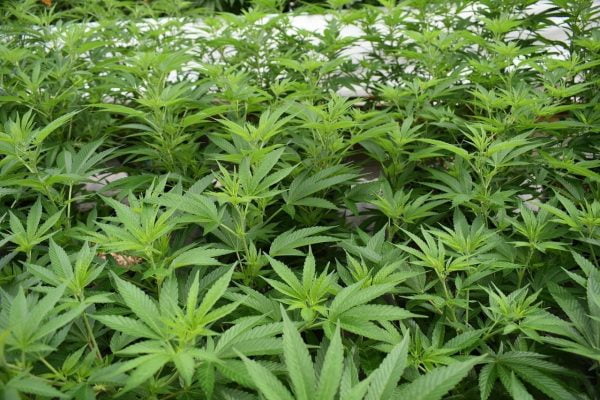
Best Cannabis Cultivars for Humid and Rainy Regions
In humid and rainy regions, cultivars that are resistant to mold and mildew are essential. Some popular cultivars for these regions include strains such as Blue Dream, Girl Scout Cookies, and Sour Diesel.
Best Cannabis Strains for Cold and Wet Climates
Cultivars that are resistant to cold and moisture are ideal. Some popular cultivars for these regions include strains such as Northern Lights, White Widow, and Purple Kush.
Looking for the best outdoor cannabis cultivars to grow this spring read more about it here.
Cultivars for indoor growing
Indoor growing environments have unique requirements, including the need for cultivars that are well-suited to confined spaces and controlled lighting conditions. Some popular cultivars for indoor growing include strains such as OG Kush, AK-47, and Gorilla Glue.
Understanding Cannabis Cultivars and Strains
Cultivars are created by cross-breeding different cannabis strains to achieve desired characteristics such as flavor, aroma, potency, and growth patterns.
For example, a cultivar may be bred.to have a sweet and fruity flavor, a citrusy aroma, and high levels of THC (tetrahydrocannabinol). THC is the psychoactive compound responsible for the “high” effect. The above mentioned properties vary with the type of cultivar, such as indica, sativa, or hybrid.
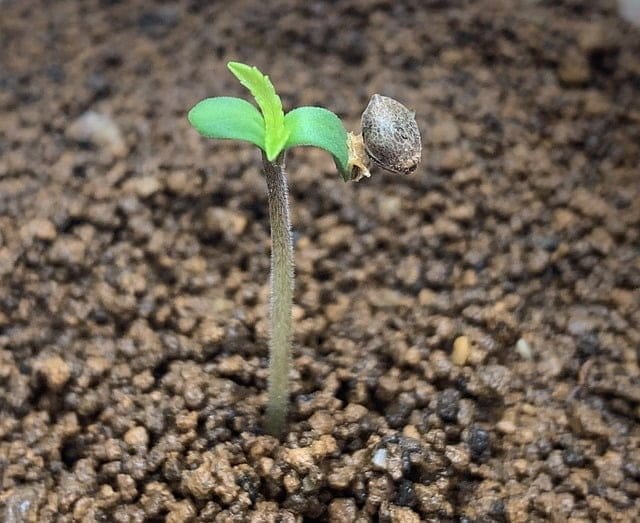
Cultivars are often named after their lineage, region of origin, or distinctive qualities. For example, the popular cultivar “Girl Scout Cookies” is known for its sweet and earthy flavor and potent effects, while “Hawaiian Snow” is named for its tropical origins and uplifting, energetic high.
Let’s look at the basic cultivars of cannabis.
The Three Types Of Cannabis Plants: Indica, Sativa, and Hybrid Cultivars
Indica cultivars are known for their relaxing, sedative effects and are typically associated with body highs. Originally cultivated in mountainous region in norther india and russia, these plants have a shorter flowering period.
Sativa cultivars, on the other hand, are known for their energizing and uplifting effects and are typically associated with cerebral highs. They were originally cultivated in southeast asia and are more accustomed to warmer wetter climates. Hybrid cultivars are a combination of both Indica and Sativa strains, and their effects can vary depending on the specific blend.

Factors to Consider When Choosing an Outdoor Strain for Your Region
Below are some of the key factors to keep in mind when choosing a cultivar for your particular region:
Climate and temperature: Cannabis plants thrive in specific temperature ranges and climate conditions. Different cultivars have varying temperature requirements, and choosing a strain that is well-suited to your region’s climate can help ensure optimal growth and yield. Your biggest concern will be when the first frost arrives. In cold climates you would want a plant with a shorter flowering time so your plants will be ready to harvest by late September.
Humidity and moisture levels: Cannabis plants require a specific balance of moisture and humidity to thrive. High humidity can lead to mold and mildew growth, while low humidity can cause the plant to dry out and become stressed. If your fall climate is wet, try and find mold resistant cultivars for outdoors. White Widow is a popular one.
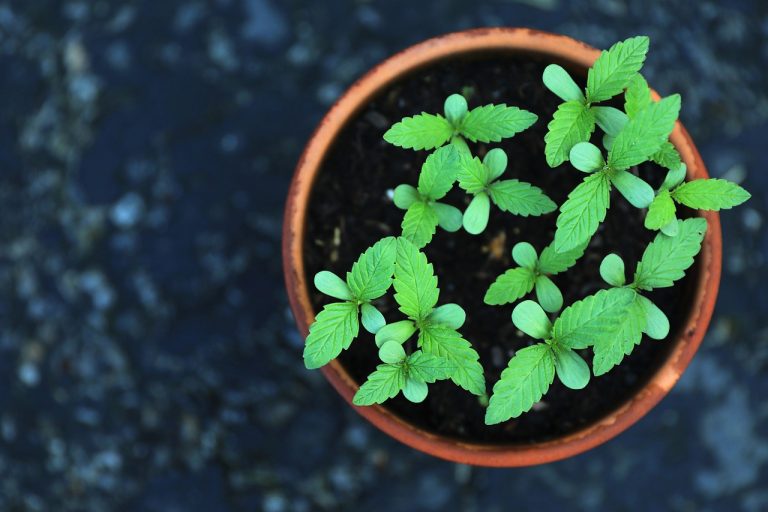
Soil quality and composition: The quality and composition of the soil can significantly impact the growth and yield of cannabis plants. Some cultivars may prefer specific soil types or nutrient compositions. Clay and sandy soil should be avoided. User a planter or filling a hole with potting soil would be the best solution.
Light exposure and intensity: Cannabis plants require a specific amount of light exposure and intensity to grow and produce buds. Different cultivars may have varying light requirements, and choosing a strain that is well-suited to your region’s light conditions can help ensure optimal growth and yield. For example, autoflowers begin to flower regardless of the amount light they’re getting. This makes them a great option for reagions further north where the growing season is much shorter.
Learn more about beginner mistakes growing cannabis.
Terpenes and Their Effects on The Plant and User
Terpenes are organic compounds found in cannabis plants that are responsible for the plant’s unique flavors and aromas. Different cannabis cultivars can have varying terpene profiles, which can contribute to their distinct effects. For example, the terpene myrcene is found in many indica strains. This flavonoid has calming and sedative effects. On the other hand, the terpene limonene is found in many Sativa strains and is associated with uplifting and energizing effects.
Want to have more terpene content in your cannabis read our blog post about 6 ways to increase your cannabis plants terpene production
The interesting thing here is that terpenes also interact with other compounds in cannabis, such as THC and CBD, to produce strong effects. For instance, studies have shown that the terpene caryophyllene interact with CB2 receptors in the body, and has potential anti-inflammatory effects.
Thus, when choosing a cannabis cultivar, one should consider the terpene profile as well as the growing characteristics of the cultivar.
Click here to read more about how these terpenes and cannabinoids affect men and women.
THC and CBD levels and their effects
Another factor to consider is concentration of THC and CBD. Both of these compounds are responsible for the lions share of the plant’s effects.
Tips for Choosing the Right Strain to Grow Outdoors
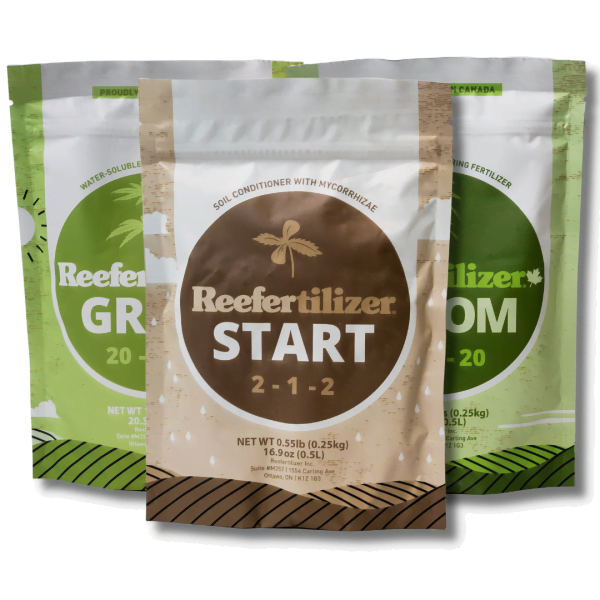
Research and educate yourself
There are countless cannabis cultivars available on the market, each with unique characteristics and growing requirements. Take the time to research and educate yourself on the different cultivars available and their specific growing requirements.
Consult with experts
If you’re new to growing cannabis or are unsure which cultivar is best for your region, consult with experts in the field. Reputable fertilizer companies, such as Reefertilizer, has knowledgeable staff that can help you select the right cultivar for your needs.
Consider personal preferences and medical needs
Ask questions such as “do you prefer a cultivar with high THC levels or one with a higher CBD content?”, “Are you growing for personal use or for medical purposes?”
Reefertilizer offers a simple and effective three-step fertilizer and nutrient system designed specifically for cannabis plants. With Reefertilizer, you can rest assured that your plants receive the nutrients they need to thrive, no matter what cultivar you choose.
Contact Reefertilizer today to learn more about their products and how they can help you grow cannabis at home with ease. Start growing your own amazing cannabis today with Reefertilizer.
If you want to learn even more about growing good cannabis, we offer a free 40+ page guide full of images.
Now available on Amazon.
Sign up for our newsletter and download the digital copy today!
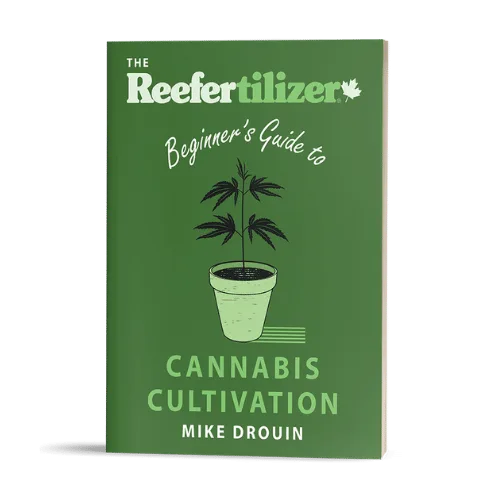
This guide will answer many questions about growing cannabis, like the following...
Selecting Seeds
Identify and Correct Problems
Maximize Yield
Much More...
Get a Chance to INSTANTLY WIN a Reefertilizer Nutrient Kit When You Sign Up.
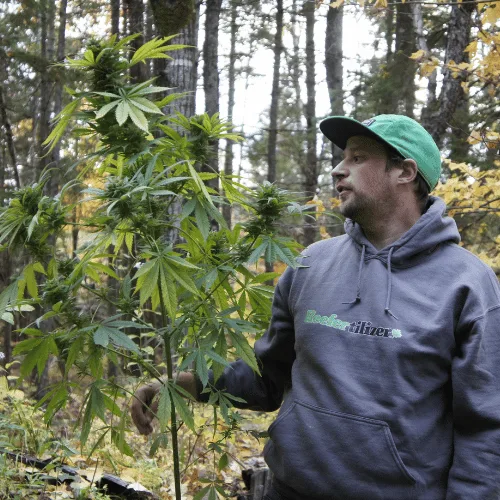
Mike Drouin is the co-founder of Reefertilizer. He’s an experienced craft cannabis grower and a writer of many articles regarding the process. Mike lives on Vancouver Island and enjoys cycling and camping and will sometimes combine the two.

